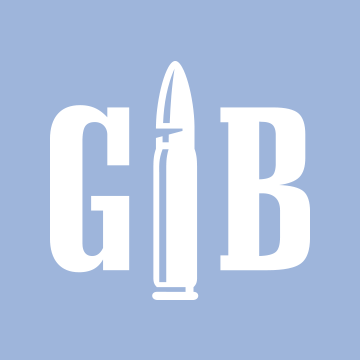Why is it everytime I ask for info on this site half the comments have nothing to do with the post.
This may be the most succinct description of Internet forums I've ever heard!
The acronyms will come with time, don't sweat them.
I believe that you can safely swap bullet styles so long as you maintain the same bullet weight, powder charge and loaded case volume. Treat diameter as a constant so you can just work with the length variable. It's a simple two step calculation:
First calculate MinVolLen for a published load by subtracting boolit length from min OAL. (This is the minimum length of the space in the cartridge when the bullet is seated)
Then add this MinVolLen to the new boolit length and that's your min OAL using the new bullet. If you load longer than that you can start working up a powder load.
Obviously this isn't perfect, and don't forget to test OAL to make sure that the loaded round doesn't contact the rifling, but if you start with a starting load and an OAL longer than this new min you should be as safe as anyone can be when reloading.
I'm sitting in a bar, when I get home I'm going to test this against some published data, it's a good working theory.
For the record, you're talking about deviating from published data about 20,000 or so rounds before most new reloaders do. It's an interesting exercise to think about these things, but as I said in the other thread, start by buying components for which published data is plentiful.




